17+ Sample Market Research Report
-
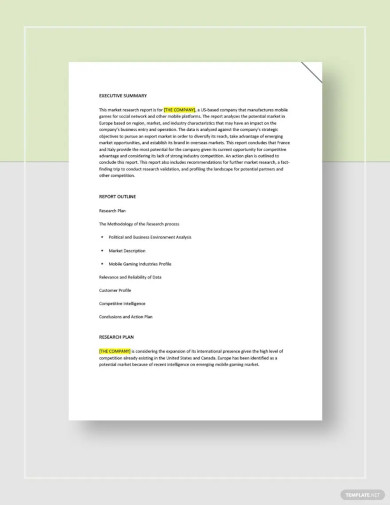
Market Research Report Template
download now -

Market Research Report Template
download now -
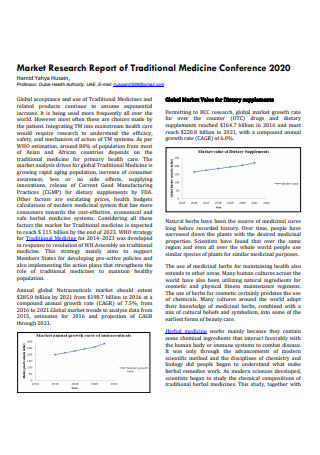
Market Research Report of Traditional Medicine Conference
download now -

Global Market Research Report
download now -
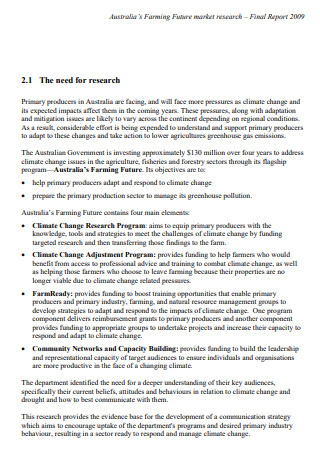
Market Research Final Report
download now -
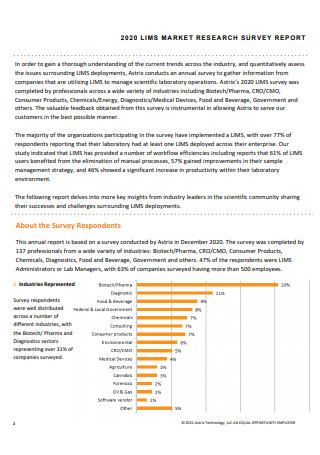
Market Research Survey Report
download now -
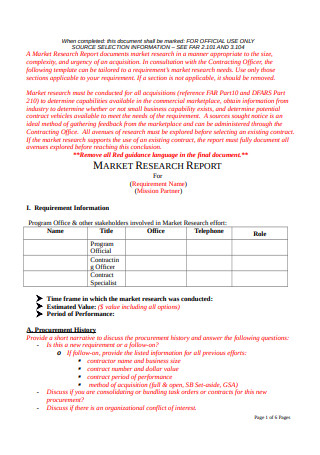
Basic Market Research Report
download now -
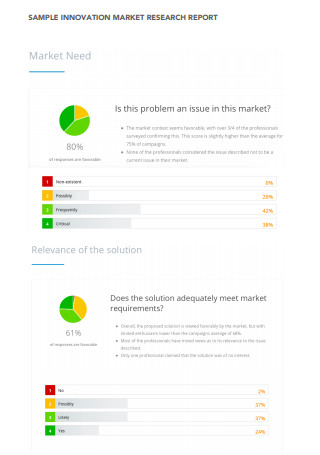
Sample Innovation Market Research Report
download now -
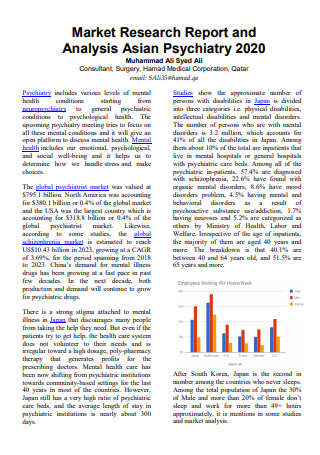
Market Research Report and Analysis
download now -
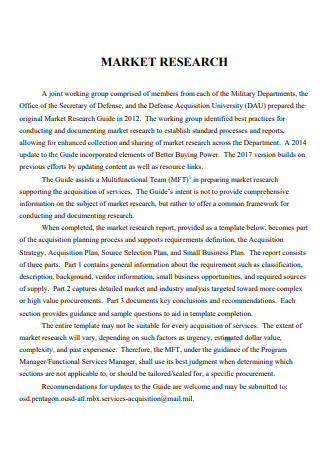
Market Research Report in PDF
download now -
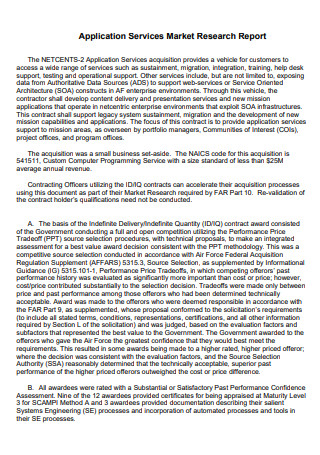
Application Services Market Research Report
download now -
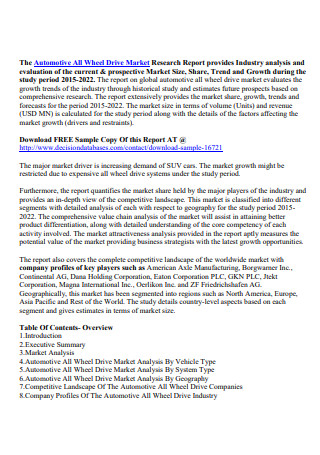
Industry Market Research Report
download now -
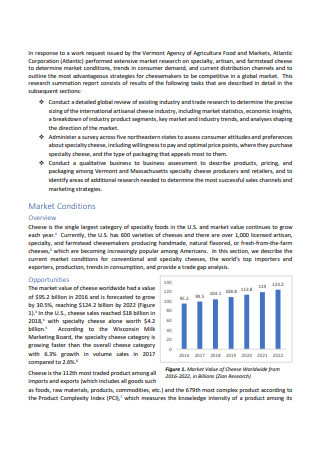
Standard Market Research Report
download now -
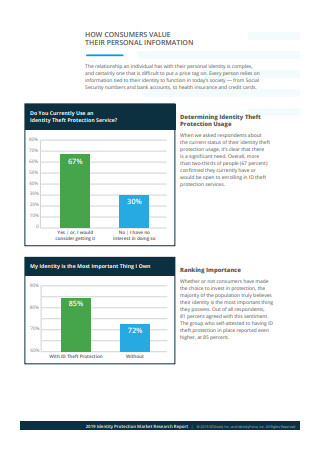
Market Research Report Format
download now -
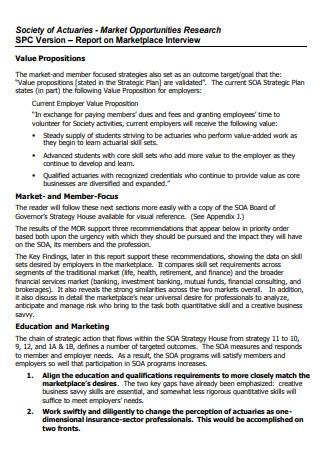
Marketplace Research Report
download now -
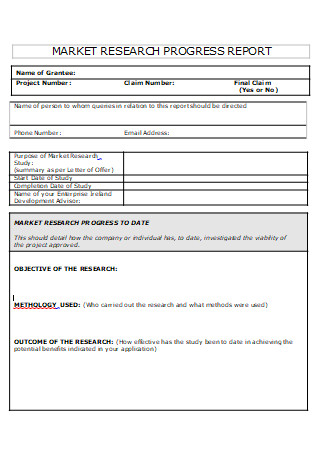
Market Research Progress Report
download now -
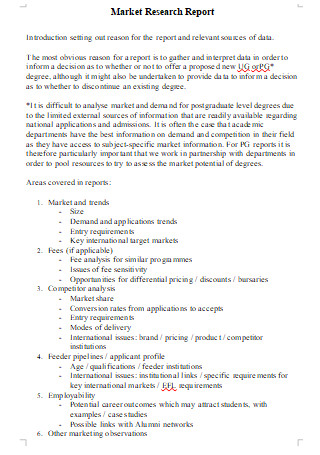
Market Research Report in DOC
download now -
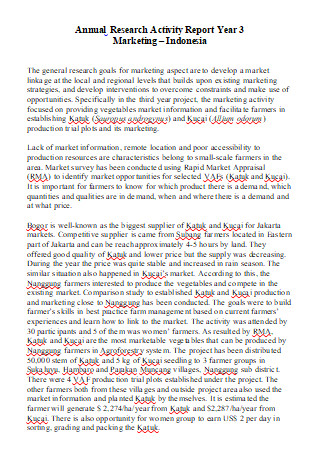
Marketing Annual Research Activity Report
download now
FREE Market Research Report s to Download
17+ Sample Market Research Report
What Is a Market Research Report?
Benefits of Market Research Report
Basic Methods of Market Research
How to Create a Market Research Report
FAQs
What is the format of a report?
What exactly is primary research, and how do I begin?
What is the difference between Primary and Secondary Data?
What Is a Market Research Report?
Before we get into the tips, it’s essential to know what kind of assignment you’ve been assigned. A market research report is a piece of writing that offers market data, including trends, customer behavior, and competition evaluations, in a way that allows firms to spot market opportunities. These reports are written every day in the real world and are critical to the operation of many firms. According to a PWC report, companies that benchmark enjoy 69% quicker growth and 45% more productivity. Market research can be used for competitor analysis, employee engagement surveys, and identifying performance or knowledge gaps and possible growth opportunities. This will encourage your organization to consider new ways, ideas, and tools to improve its efficiency.
Benefits of Market Research Report
Before we get into producing a marketing research report, let’s look at some of the benefits of marketing research reports and some drawbacks. Here are some of the most compelling reasons to invest in a market research report.
Basic Methods of Market Research
Using brief and straightforward questions, you can evaluate a sample group that represents your target market. If you choose a larger sample size, your results will be more reliable.
Market research surveys
- One-on-one interviews- These are conducted in high-traffic areas such as shopping malls during in-person surveys. They allow you to hand out product samples, packaging, or advertising to consumers and get rapid feedback. In-person surveys can provide response rates of over 90%, but they are expensive. An in-person survey might cost up to $100 per interview due to the time and work needed.
- Telephone surveys- This is cheaper than in-person surveys, but they are more costly than surveys sent by mail. However, consumers’ aversion to constant telemarketing and persuading consumers to engage in phone polls has become more challenging. Response rates to telephone surveys are typically in the 50 %to 60 % range.
- Mail surveys- This is a low-cost technique to reach a large number of people. They’re a lot less expensive than in-person or phone surveys, but they only get 3 to 15% of people to respond. Mail surveys, despite their low return, are still a cost-effective option for small enterprises.
Discussion Groups
A moderator guides a group of people through a discussion using a predetermined series of questions or themes. These meetings are held in a neutral setting, usually at a facility with videotaping equipment and a one-way mirror observation room. A discussion group typically lasts one to two hours, and balanced results require at least three groups.
Interview
Like discussion groups, feature unstructured, open-ended inquiries usually last approximately an hour and are usually taped. Research surveys provide more objective data than discussion groups and personal interviews. Because the results aren’t statistically reliable, they typically don’t reflect a substantial enough portion of the population. On the other hand, discussion groups and interviews provide significant insights into client attitudes and are effective ways to uncover challenges connected to creating new products or services.
Observation
Individual replies to surveys and focus groups are not always consistent with proper behavior. You can study how people buy or utilize a product by videotaping them in stores, work, or homes. This provides you a more accurate view of your clients’ purchase and usage behaviors.
Field Trials
Placing a new product in a few locations to gauge customer reaction under real-world selling situations can help you make product changes, pricing adjustments, and better packaging. Small business owners should make an effort to build relationships with local store owners and websites that can assist them in product testing.
How to Create a Market Research Report
It’s critical to comprehend what a market research study entails. The definition appears to be a little cluttered at times. All market data that is relevant to your client should be included in your market research report. Trends, customer behavior, and competitive analysis are all possibilities. The report should be presented so that businesses can recognize their prospects, giving them a clear picture of the natural environment and how they can improve it. These reports are created daily in the marketing sector, so making sure yours stands out and is truly relevant is critical. Market reports have several advantages. Internal research must be validated, and industry knowledge must be gathered swiftly. Keep the following points in mind when preparing a market research report for your clients.
Step 1: Always conduct research.
After all, it’s called a “research” report. However, a large number of marketers fail to conduct thorough research. It would help if you first learned as much as possible before you can begin composing your report. It’s not something you should know about and write about as you go. Make sure you research the market you’re evaluating and learn everything you can about it. This will make your report more attractive and valuable. This is also where you figure out how much it will cost you to conduct the study yourself. Tools, platforms, and internal data can all be used to compile the research.
Step 2: Create a Plan
Create a draft of the report next, so you know where each piece of information will go. An outline with parts and subsections will aid in the proper organization of your marketing research report. An introduction, context and methodology, executive summary, results, and a conclusion with links to all references are included in a typical report. Start by drafting the front matter of your report — an introduction that gives a brief description of your company and why you did the market research – using the outline as a guide. Include a synopsis of the market research process as well as the findings you analyzed. For example, if you were evaluating the viability of a new product, state that your market research study plan is to introduce a new product.
Step 3: Mention the Methods of Research
The procedures utilized to perform the research should be explicitly stated as the following step. If you conducted polls, be sure to mention the number of polls, the percentage of replies, the sorts of persons or businesses polled, and the poll questions. Make a list of all the resources that include demographic data, such as census data.
Step 4: Incorporate visuals into your narrative explanation.
Charts and graphs are critical components of any research paper. They ensure that the findings are easily understandable. Therefore, create tables, bar graphs, and flow charts to illustrate the research findings. It should be placed with a narrative explanation of the graphical data. Make a point of highlighting the inferences you drew from this data.
Step 5: Conclusions and Recommendations
Finally, to aid decision-making, include a section in your report that includes actionable recommendations based on the research findings. For example, all of the data could indicate that your customers want a specific feature that no other product on the market now provides. In this scenario, it’s evident that investing resources in offering that function and gaining a competitive advantage is a good decision. Include reference links from the sources at the end of the report and an appendix with supplementary information and additional reading.
Step 6: Let someone examine your report.
Even after you have proofread and edit your paper, you should have another person look it over to see if you missed anything. Regardless of how meticulously we edit the article ourselves, we may still leave errors in it. Having another person read it can spot any mistakes we made and provide constructive feedback (something that can improve the overall quality of the market research paper). As you can see, writing a market research report is not nearly as difficult as it initially appears. Follow the tips above to create one like a pro. However, if you continue to struggle for whatever reason, keep in mind that custom writing services can assist you by writing a professional paper for you.
FAQs
What is the format of a report?
A report is essentially a brief, sharp, and concise document created for a specific purpose and audience. It usually lays out and analyzes a scenario or problem, with ideas for future action frequently included. It is a factual paper that must be well-structured and clear.
What exactly is primary research, and how do I begin?
Any form of research that you collect yourself is referred to as primary research. Surveys, interviews, observations, and ethnographic research are just a few examples. A skilled researcher knows how to include both primary and secondary materials into their writing seamlessly. Primary research is a valuable skill to learn because it may considerably augment your secondary research in journals, periodicals, and books. It might also be the focal point of your writing assignment. Primary research is a valuable ability because it may be applied in various situations, including corporate, personal, and academic settings.
What is the difference between Primary and Secondary Data?
Primary data is gathered directly from a data source without having to go via any other sources. It’s usually concluded for a specific study topic, but it can also be published publicly and used in other studies. In the sense that it was collected to address a particular problem of study, primary data is frequently reliable, authentic, and objective. It’s worth noting that preliminary data isn’t typically collected due to the hefty implementation costs. Secondary data is information gathered in the past by someone else but has been made available for others to use. They were probably previously primary data, but when a third party exploits them, they become secondary. Because secondary data is frequently released openly, it is usually easy to obtain for academics and individuals. This means that the data are generally generic and not tailored to the researcher’s unique needs, as primary data is.
Once you’ve finished your report, have it read by someone else. From here, check to see if you missed anything and if it’s easy to follow. You can revise your report as many times as you like; your first draft is unlikely to be the final version. Just keep writing, and keep looking for ways to make it more concise and clear — don’t be afraid to omit points and add them to the Appendix. You may also use various tools and platforms to assist you in writing your market report; Google Analytics reports are beneficial for marketing concepts.
